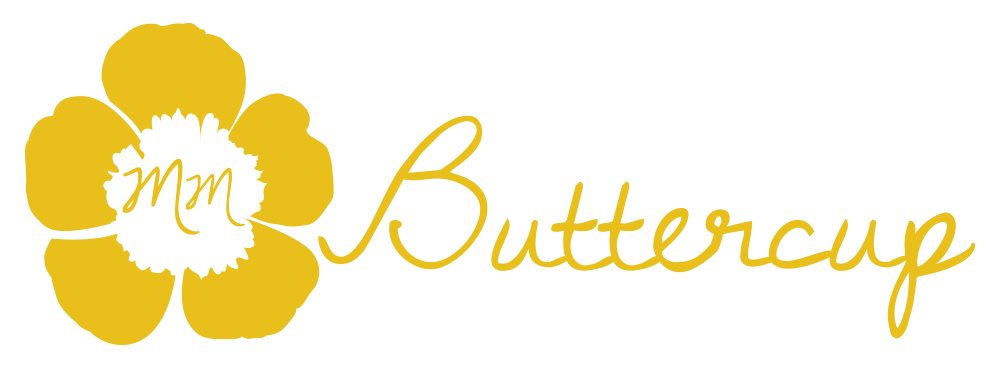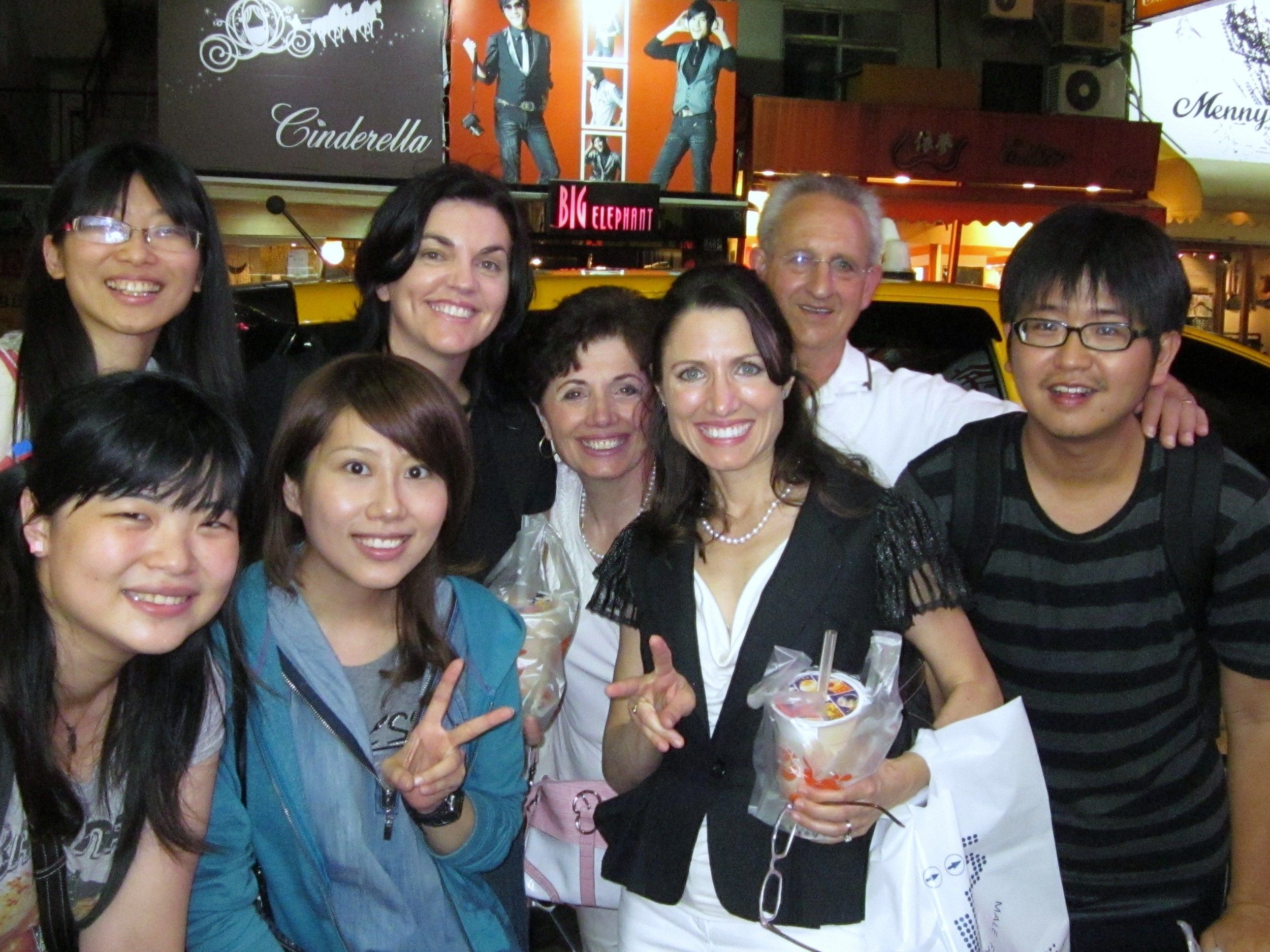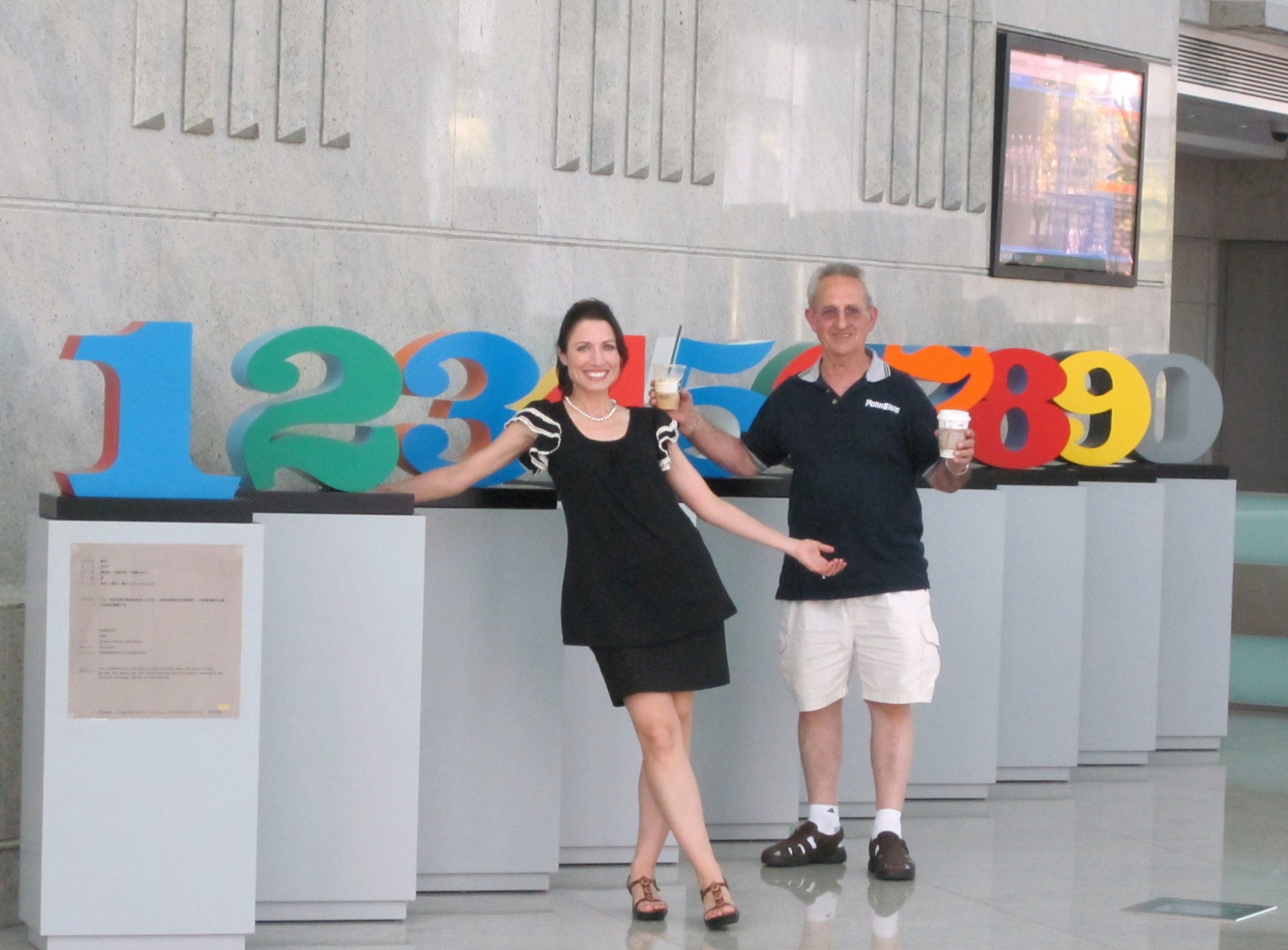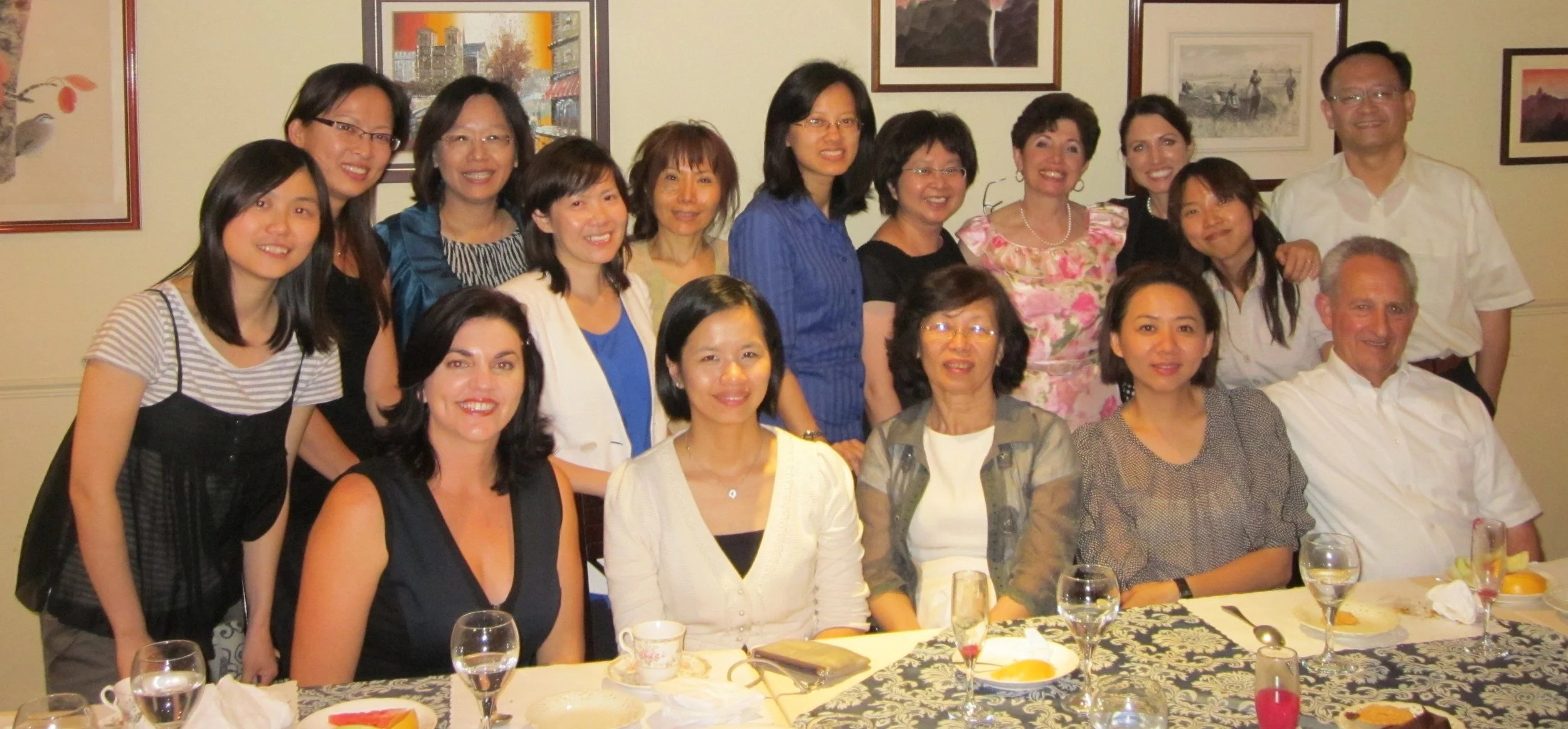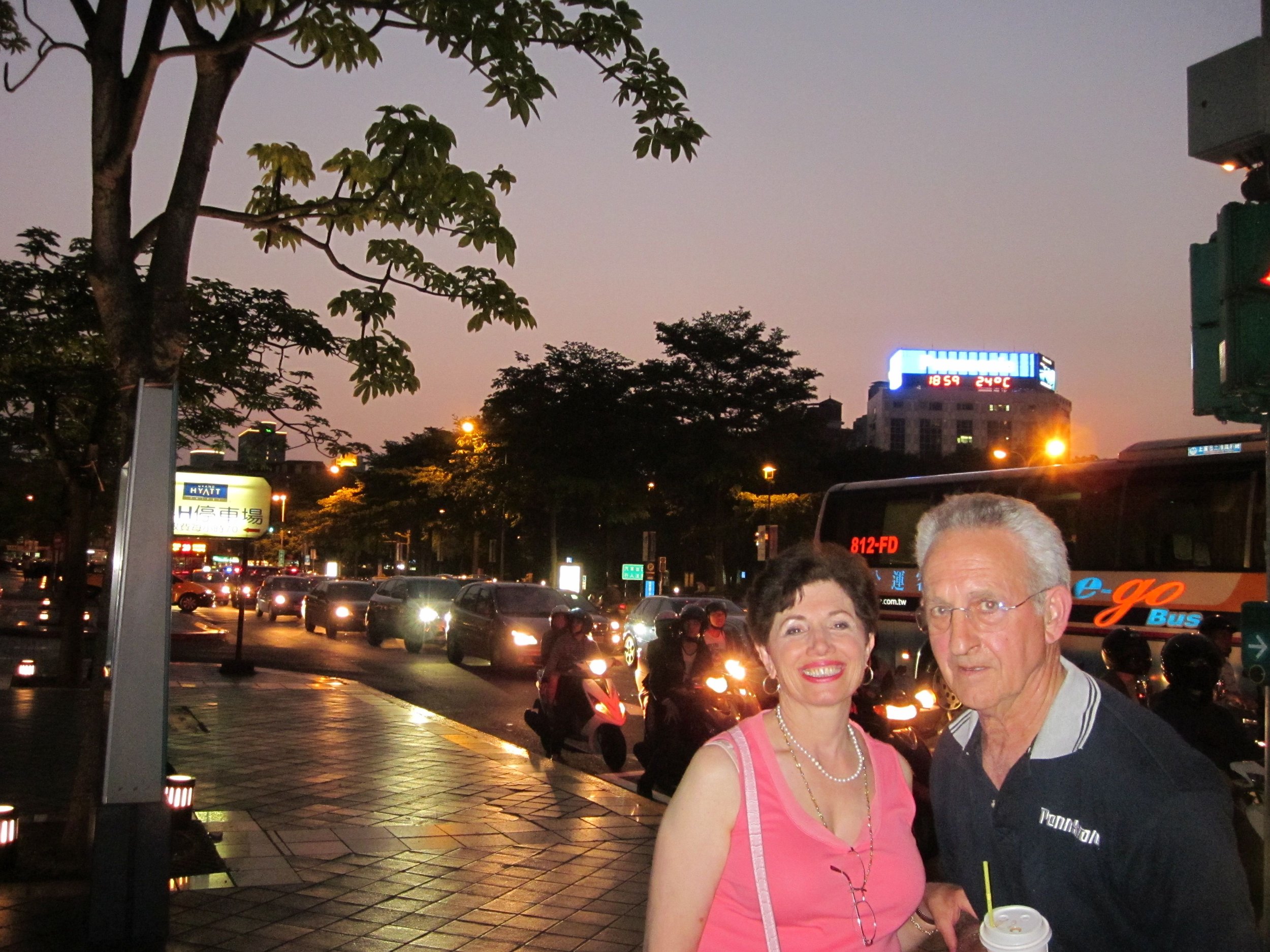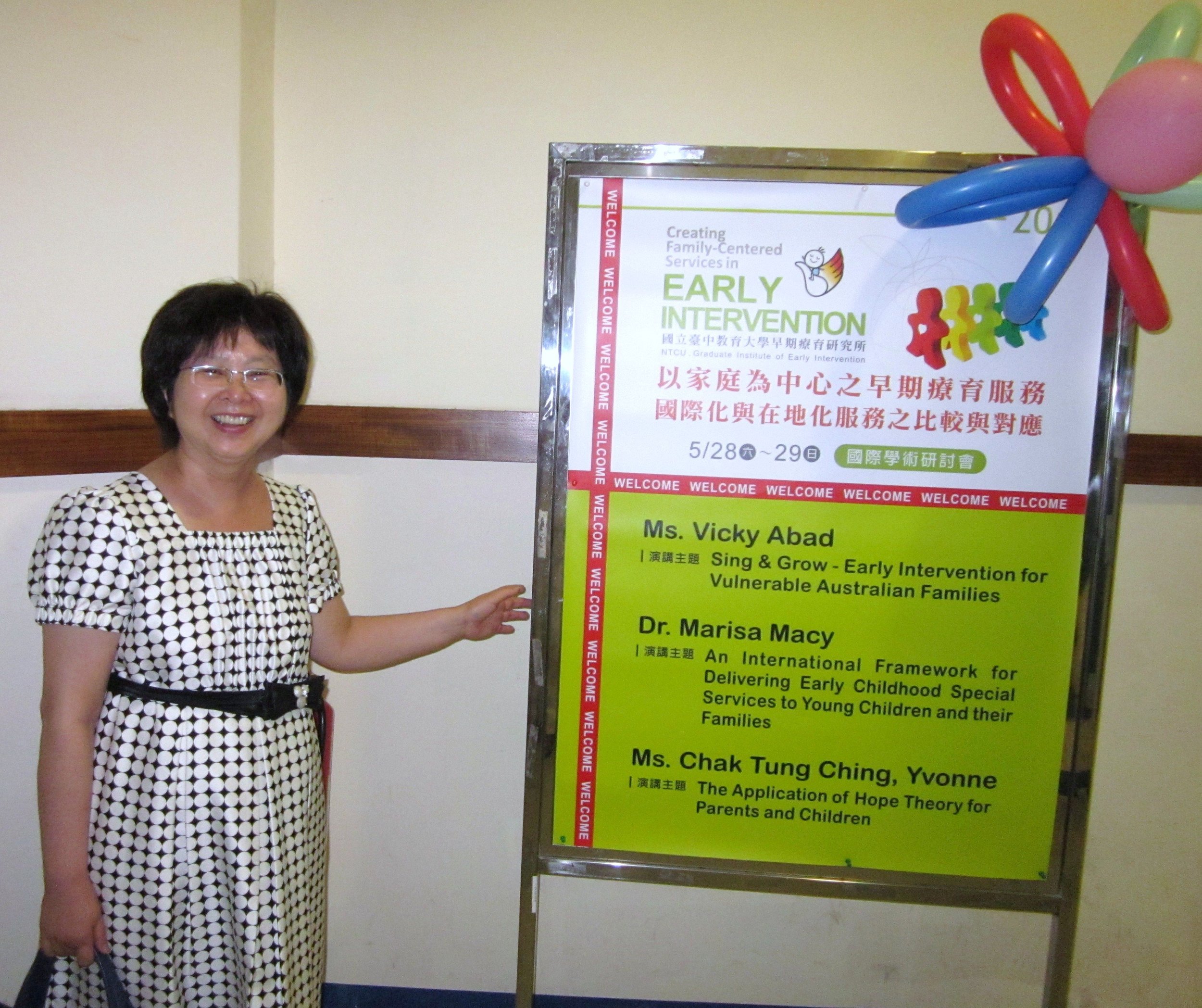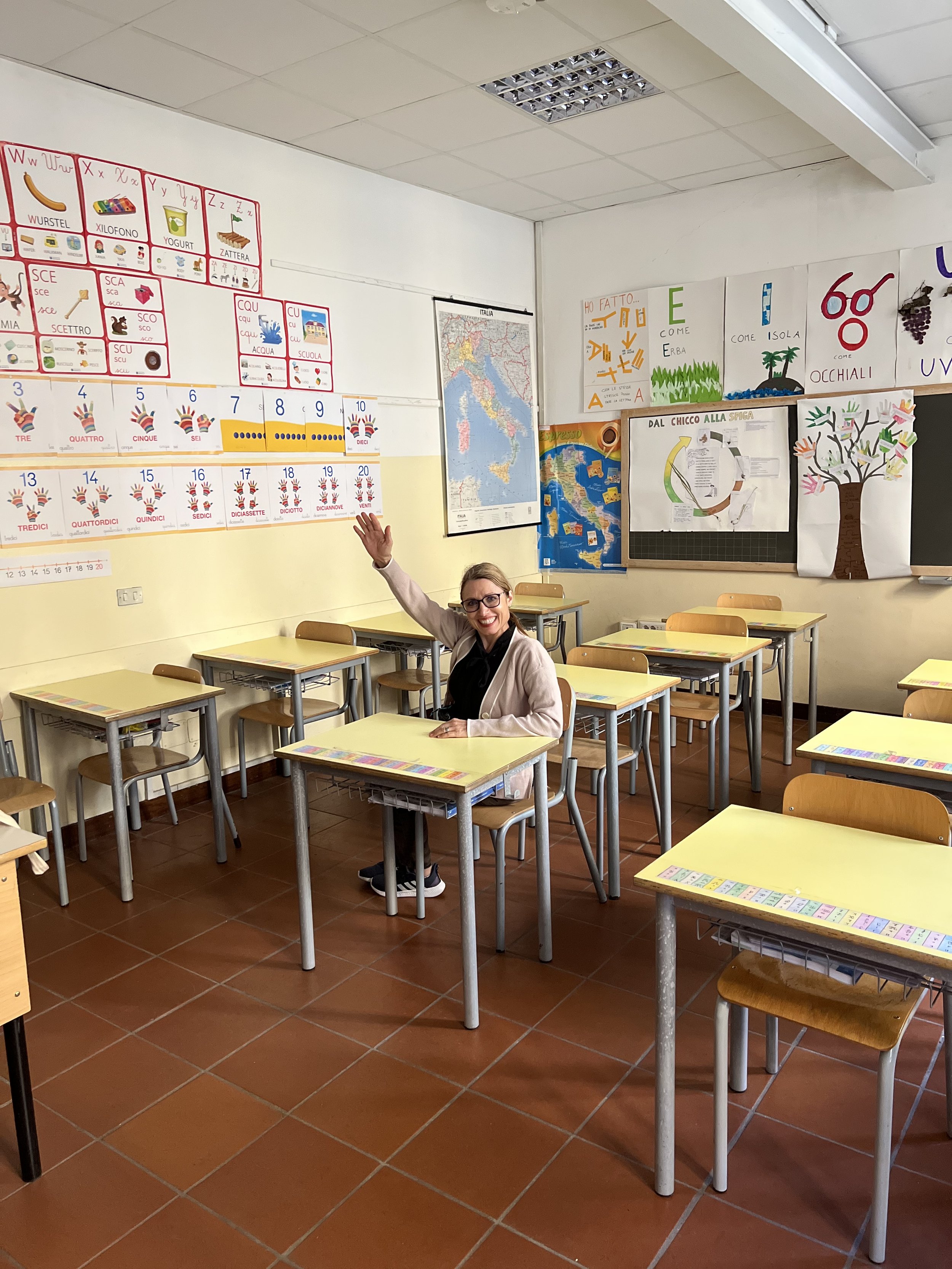If your academic paper was a jingle, what would it be? Here are some papers I wrote in the past and a 1980s television jingle that I’d like to go with some of my papers.
Paper #1. Jingle: I’d Like to Teach the World to Sing. (Soda)
Coca Cola had this beautiful song with the words, “in perfect harmony.” I wrote a chapter for an edited book on ways the world came together during the COVID-19 crisis. My chapter was about how to connect families during the pandemic to create harmony and services for their children (Macy, 2022). “I’d like to teach the world to sing”…about connecting children to high quality services they have a right to by harmoniously collaborating with their families (sung to the tune of the jingle).
Paper #2. Jingle: B-O-L-O-G-N-A. (Cold cuts)
When I write grants, I usually try to find an acronym that is easy to remember. A paper I wrote with Dr. Stefano Bagnato used a convention that reminds me of a jingle for Oscar Mayer deli meats.
“My bologna has a first name,
It’s O-S-C-A-R.
My bologna has a second name,
It’s M-A-Y-E-R.
Oh I love to eat it everyday,
And if you ask me why I’ll say,
’Cause Oscar Mayer has a way with B-O-L-O-G-N-A.”
We used R-E-A-L to share information about authentic assessment (Macy & Bagnato, 2010). The article is entitled, “Keeping it R-E-A-L.” My husband came up with the idea for the title. I’m always talking to the hubs about my writing, and we have collaborated on many writing projects together. “And if you ask me why I’ll say” authentic assessment is a way to keep it R-E-A-L for kids (sung to the tune of the jingle).
Paper #3. Jingle: I Don’t Wanna Grow Up. (Toys)
Toys R Us had a commercial that was about growing up with toys. The jingle had the words, “There’s a million toys at Toys R Us that I can play with.” It’s hard for me not to smile when this tune gets into my head. I wrote a paper about a toy that uses an online data management tool to assess young children. The interactive assessment tool can be used with play (Macy, 2010). “There’s a million toys”…out there that can make assessment fun for grown-ups and kids (sung to the tune of the jingle).
Paper #4. Jingle: Give Me A Break. (Chocolate)
The jingle for Kit Kat chocolate bars goes, “Give me a break, give me a break. Break me off a piece of that Kit Kat bar. You can keep it to yourself but it wouldn’t be fair.” This jingle reminds me of the importance of sharing and caring for others. One way we can foster positive interactions with families is by using positive and effective communication strategies (Macy, Bagnato, & Weiszhaupt, 2019). I wrote this with Dr. Stefano Bagnato from the University of Pittsburgh and Dr. Krisztina Weiszhaput who was my doctoral student at the University of Central Florida at the time. My jingle for this paper would go something like, “Break me off a piece of”… your time, attention, and support for our family (sung to the tune of the jingle).
Paper #5. Jingle: The best part of waking up. (Coffee)
The Folgers Coffee jingle features the iconic line, "The best part of waking up is Folgers in your cup." I wake up excited to grab a coffee and start writing. One of my favorite things to write about is authentic assessment. Yes, the environment can be a third teacher, but it can also be considered for how we observe and assess children. The authenticity of spaces can help or hinder an accurate assessment of child development (Macy, 2023). “The best part of waking up”…is creating spaces that are conducive to authentic assessment and learning (sung to the tune of the jingle).
Paper #6. Jingle: Like a good neighbor. (Insurance)
This jingle was written by musician Barry Manilow for State Farm. Being a good neighbor shows up a lot in the things I like to write. I wrote about a way to make community environments more neighborly for children and their families by capturing their dreams. The paper was about a way to create individualized goals for children with their families and professionals (Macy, 2024). “Like a good neighbor,” early childhood educators are there (sung to the tune of the jingle).
Paper #7. Jingle: Give me a Dew! (Soda)
Give me a book and I am a happy camper. Mountain Dew soda pop jingle goes, “Give me a mountain and nothing to do.” The idea of nothing to do but enjoy alpine air and a book sounds great to me. If you are new to academic writing, try writing a book review. It is a fun way to write about a book that moved you in some way. I love Michael Guralnick’s book on the Developmental Systems Approach, and enjoyed reviewing it for a publisher and then writing a book review that got published in a journal (Macy, 2005). “Give me” time to write with a nice smelling candle, Andrea Bocelli singing, and flowers on my desk (sung to the tune of the jingle). And a pretty view of mountains wouldn’t hurt either.
Paper #8. Jingle: Be a pepper. (Soda)
Musician, Randy Newman, wrote the jingle for Dr. Pepper soda pop. The earworm is, “Be a pepper. Drink Dr. Pepper.” I am a professor and have the fantastic job of preparing university students for careers. Adult learners gain competencies in our university programs that will probably translate into careers for them. A paper I wrote with two of my graduate students (Maria Spinetti Rincón and Melissa Hogan Ault) was based on a study we did related to electronic communication and writing emails for parents (Macy, Spinetti Rincón, & Hogan, 2020). The jingle I’d write is, “Be a teacher. Be a GOOD teacher” (sung to the tune of the jingle).
Paper #9. Jingle: Plop plop, fizz fizz. (Antacid)
Alka-Seltzer has a jingle that goes, “Plop plop, fizz fizz, oh what a relief it is.” As a doctoral student, I felt relieved when Dr. Kristie Pretti-Frontczak invited me to write a paper with her and two other doctoral students. It was my first published paper and it was about activity-based intervention resources (Pretti-Frontczak, Barr, Macy, & Carter, 2003). I worried that I’d never get anything published, and it was such a relief when it happened one year before I graduated with a Ph.D. in special education. Thank you for teaching me about writing a journal article for publication, Kristie! (sung to the tune of the jingle).
Paper #10. Jingle: Stuck on. (Band aids)
How do theoretical perspectives stick? I have spent many hours thinking about child development theories. I teach classes at the university about theoretical foundations. It is no wonder I was thrilled to write a paper about the underlying theories that make up the activity-based intervention approach (Macy, 2007). Johnson & Johnson hired the magnificent musician Barry Manilow to write this jingle with the following words, “I am stuck on Band-Aid brand, 'cause Band-Aid's stuck on me. I am stuck on Band-Aid brand, 'cause Band-Aid's stuck on me. 'Cause they hold on tight no matter what on fingers, toes and knees… I am stuck on Band-Aid brand, 'cause Band-Aid helps heal me!” My jingle would go: I am stuck on theories that help to better understand growth and development in humans (sung to the tune of the jingle).
What was I thinking when I wrote or co-wrote these 10 papers? I was probably thinking how could I write something that would be useful for teachers, families, and their children. I was probably humming while my fingers tapped their way across the keyword, or scribbled words on scratch paper. Jingle all the way.
It makes comparisons between the environment and teaching in the Reggio Emilia approach to early childhood education, where the classroom setting is like a third teacher. Growing up, the television was like a third teacher in our house. I had three categories of “teachers” in my home. Number one was my family. Number two were the ladies who visited our home to get their hair done in my mom’s beauty shop that was in our house next to the garage. Number three was the ever-present hum of the television set. Early teachers were Fred Rogers on Mr. Rogers’ Neighborhood and the people on Sesame Street.
Our television was like wallpaper in a room-- always there in the background. With only four choices for ABC, NBC, PBS, and CBS stations, our television was on for most of our waking hours. You could determine what time of day it was by the temperature on the TV. Our 1980s television was hot by the end of the day. If it was cold, it was morning. If your hand burned by touching the television, then it was nighttime.
Maybe one of the benefits of growing up with the television set on for major portions of the day is that I have an emotional response for commercial jingles. It’s a connection to tunes and lyrics. Some people dislike commercials. Not me. I love when the commercials interrupt television shows.
Entertain yourself with writing about a topic you care deeply about, and with the kind of epic passion found on television soap operas! Say what you need to say with your writing and your heart wide open.
What the heck was I thinking? Well, now I’m thinking about writing a new book… perhaps it will be about jingles. What do you think? I guess I should stick with my day job and leave jingle writing to someone else.
References
1. Macy, M. (2005). The developmental systems approach to early intervention. Topics in Early Childhood Special Education, 25(2), 119-121. https://doi.org/10.1177/02711214050250020201
2. Macy, M. (2007). Theory and theory-driven practices of activity-based intervention. Journal of Early Intensive Behavior Intervention, 4(3), 561-585. https://doi.org/10.1037/h0100392
3. Macy, M. (2010). Interactive online assessment options: A review of the AEPSi. International Journal of Early Childhood Special Education, 2(3), 254-257. https://doi.org/10.20489/intjecse.107973
4. Macy, M. (2022). Early identification of risk, developmental delay, or disability in young children: Connecting families with services during a global health crisis. In Pattnaik, J. & Jalongo, M. (Eds.), Educating the Young Child special series issue, The Impact of COVID-19 on Early Childhood Education and Care: International Perspectives, Challenges, and Responses. (pp. 237-252). Springer Nature Publishing. https://doi.org/10.1007/978-3-030-96977-6.
5. Macy, M. (2023). Authenticity of assessment in inclusive spaces. Head Start Dialog: The Research-to-Practice Journal for the Early Childhood Field, 26(2), 100-106. https://doi.org/10.55370/hsdialog.v26i2.1632.
6. Macy, M. (2024). Equitable practices in early learning environments: Designing dreams with individualized education plans. Literacy Today of the International Literacy Association, 41(3), 54-55. https://publuu.com/flip-book/24429/811271/page/56
7. Macy, M., & Bagnato, S. (2010). Keeping it “R-E-A-L” with authentic assessment. National Head Start Association Dialog, 13(1), 1-21. https://doi.org/10.1080/15240750903458105
8. Macy, M., Bagnato, S., & Weiszhaupt, K. (2019). Family-friendly communication via authentic assessment for early childhood intervention programs. ZERO to THREE, 40(2), 45-51. https://www.zerotothree.org/resource/journal/family-friendly-communication-via-authentic-assessment-for-early-childhood-intervention-programs/
9. Macy, M., Spinetti Rincón, M. P., & Hogan, M. (2020). What are undergraduate students’ perceptions of a peer coaching model intended to foster effective electronic communication strategies with parents? Journal of Early Childhood Teacher Education, 42(1), 110-120. https://doi.org/10.1080/10901027.2020.1852345
10. Pretti-Frontczak, K., Barr, D., Macy, M., & Carter, A. (2003). Research and resources related to activity-based intervention, embedded learning opportunities, and routines-based instruction: Annotated bibliography. Topics in Early Childhood Special Education,23(1),29-39. https://doi.org/10.1177/027112140302300104
